

Text copyright 2018 and 2019 by Kevin Baker
Foreword copyright 2019 by James Howard Kunstler
Cover photograph courtesy of Fred Conrad
Other photographs copyright by their respective owners
All rights reserved.
No portion of this book may be reproduced in any fashion, print, facsimile, or electronic, or by any method yet to be developed, without the express written permission of the publisher.
Co-published with Harpers Magazine, where an earlier version of this essay appeared in 2018.
City Point Press
P.O. Box 2063
Westport, CT 06880
Harpers Magazine Foundation
666 Broadway
New York, NY 10012
www.citypointpress.com
www.harpers.org
Distributed worldwide by Simon and Schuster
Hardcover ISBN 978-1-947951-14-3
eBook ISBN 978-1-947951-15-0
Cover and book design by Barbara Aronica-Buck
Photo research by Melissa Totten, M+Co
First Edition
For Anik and Jackson, native New Yorkers: may the city shine for you again, as it did for me.
And as always,
For Ellen, with love.
Contents
Foreword
By James Howard Kunstler
Author of The Geography of Nowhere
The New York of my childhood was a deeply middle-class city. I grew up on the Upper East Side and went to the excellent Public School No. 6 on 82nd and Madison. Back in those daysthe late 1950swe little inmates of PS 6 were granted the freedom of the streets at noontime. The paranoia level around children was startlingly low back then. We knew how to get across a busy avenue at age 11, and how to order a hamburger with fries and a cherry coke at the Copper Lantern, and even how to get up to Yankee Stadium on a Saturday and buy a bleacher ticket without the help of a parent.
The school was one block from the Metropolitan Museum of Art, the Met. I often wandered up there during that lunch hour of glorious freedom. There was no shakedown at the entrance for contributions. You just went in. On weekday afternoons, the place was pretty empty. Do you know why? Because most people were at work. This was before art became just another branch of show biz for the idle rich, and before the invention of the hedge fund.
My family lived in a seventeen-story pre-war apartment building on 68th Street and Second Avenue. Our place had two bedrooms, two baths (I had my own), and a working fireplace! We rented it for five hundred bucks a month. My stepfather was one of the Mad Men straight out of the cable TV show, a hard-drinking, witty public relations executive. My mother owned a shop on 72nd and Madison where she sold fancy stationery to the East Side lunch ladies. There were lots of people in Manhattan like my parents who lived in nice neighborhoods, went to Broadway plays, and had a little place on the beach somewhere during the summer.
Kevin Baker knows a lot about that lost city and what happened to it, and he tells the story of that metamorphosis really well in the wise and mordant howl of remonstration you are about to read. The difference between us is that I quit New York for good in 1966 and have lived mostly upstate ever since, and he stayed on to observe the mighty changes it enduredand to suffer the many discomforts of those changes.
I do visit the city regularly. One spring day recently, I walked across Central Park to the Met from my hotel near Lincoln Center. I was impressed to see what excellent condition the Park was in. The Sheeps Meadow was a lush greensward again, compared to the dusty hard-pan wasteland it had become in my youth. Many of Olmstead and Vauxs original buildings and furnishings, such as the Dairy, the Bethesda Fountain, and the Naumburg Bandshell, had been restored. This was a good thing, of course, but it was also an obvious product of the extreme financialization of the economy that has insidiously concentrated much of the remaining wealth from asset-stripped Flyover America into the dense canyons of New York City.
The Park, and the Central Park Conservancy that now cares for it so meticulously, is a manifestation of all that money flooding into Wall Street and its supporting industries, as are the scores of new glass-curtain-wall condo towers that serve as investments for plutocrats rather than places to live. So is the gentrification of the many seedy old neighborhoods like the Lower East Side, Soho, Tribeca, the Meatpacking District, and, of course, the vast precincts of Brooklynwhich were No-Go zones when I was in high school, and as remote from my life as Czechoslovakia.
The life of a city pulsates through history as it moves out of one cycle and into another. It brightens and dims and repeats. Id venture to say that the financialization-induced super-high of recent decades has peaked. Many of the deformations of city life that Kevin Baker mourns, such as the empty shopfronts and the ghost condo towers, are symptoms of that. New York is stealthily entering uncharted territory now, and I sense it will be much more of a struggle going forward to maintain the expensive sheen it has acquired and all the infrastructure needed to run it. Im sure there will be as much nostalgia for this incarnation of the city as there is for my bygone, careworn New York of the mid 20th century, in all its neurotic glory.
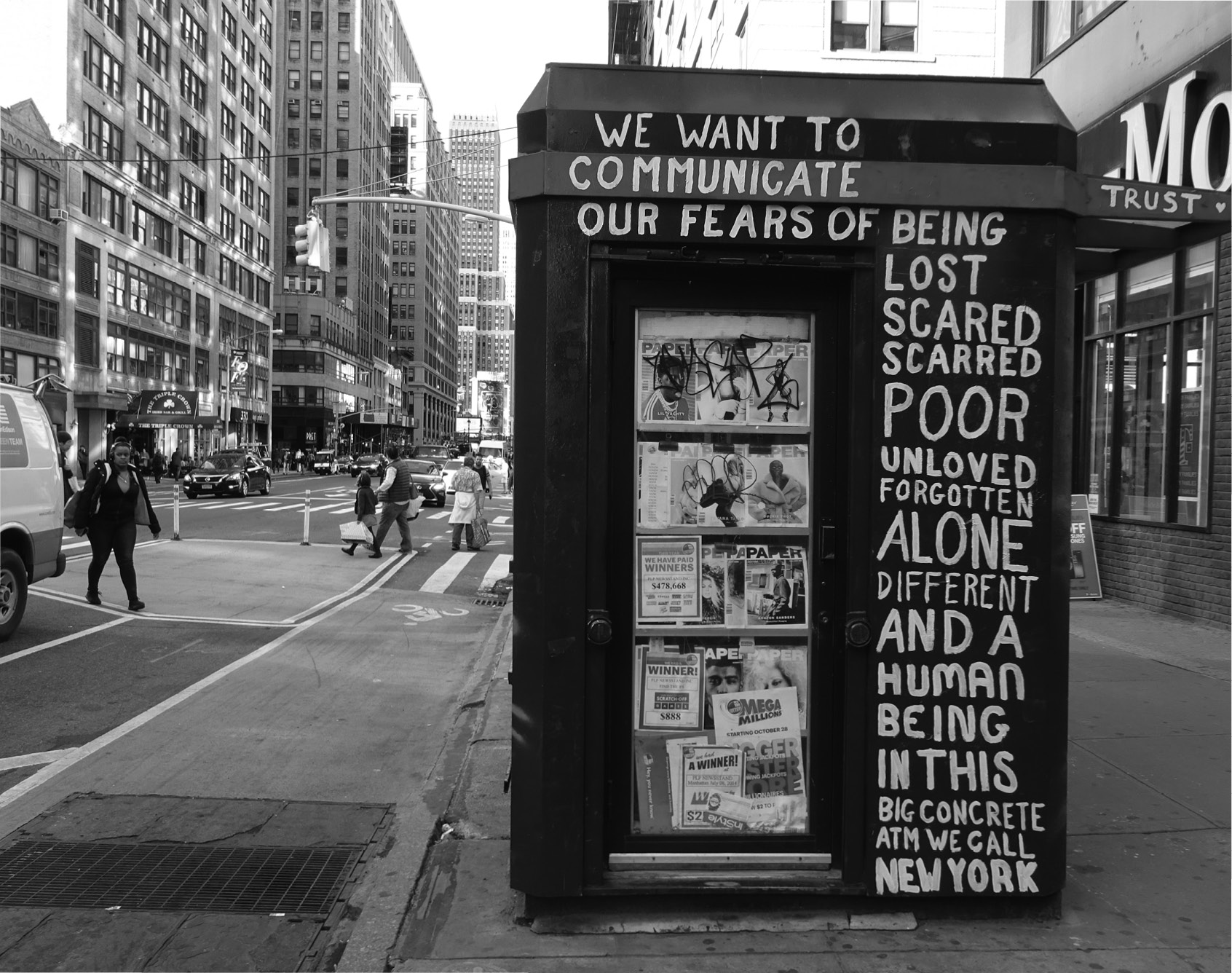
Newsstand on Seventh Avenue near Penn Station, 2018. Photograph Jeremiah Moss/Jeremiahs Vanishing New York, 2018.
What happened to New York, the Great American City?
New York has been my home for more than forty years, from the year after the citys supposed nadir in 1975, when it nearly went bankrupt. I have lived through all the periods of boom and bust since, almost all of them related to the paper economy of finance and real estate speculation that took over the city long before it did the rest of the nation. But I have never seen what is going on now: the systematic, wholesale transformation of New York into a reserve of the obscenely wealthy and the barely herea place increasingly devoid of the idiosyncrasy, the complexity, the opportunity, and the roiling excitement that make a city great.
As New York City enters the third decade of the twenty-first century, it is in imminent danger of becoming something it has never been before: unremarkable. It is approaching a state where it will no longer be a significant cultural entity but the worlds largest gated community, with a few cupcake shops here and there.
For the first time in its history, New York iswell, boring.
This is not some new phenomenon but a cancer thats been metastasizing on the city for decades now. Whats happening to New York nowwhats already happened to most of Manhattan, its coreis happening in every American city of means. San Francisco is overrun by tech conjurers who are rapidly annihilating its remarkable diversity; they swarm in and out of the metropolis in specially chartered private buses to work in Silicon Valley, using the city itself as a gigantic bed-and-breakfast. People throw rocks at them, understandably. Boston, which used to be a city of a thousand ancient nooks and crannies, restaurants and shops, dive bars and ice cream parlors alike, all hidden down its alleyways and beneath its twisting, screeching elevated, is now one long, monotonous wall of modern skyscraper. In Washington, an army of cranes has transformed the city over the past twenty years, smoothing out all that was real and organic into a town of exclusive mausoleums for the Trump crowd to do its business in.
Next page
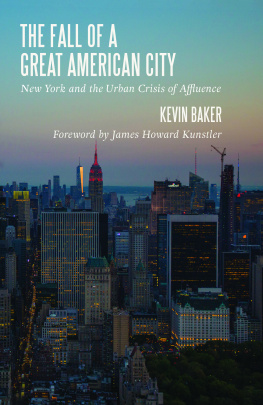


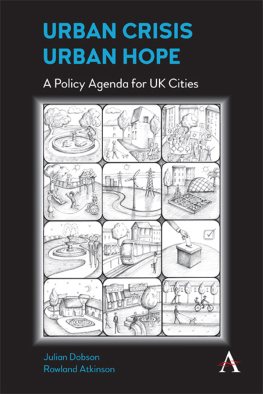
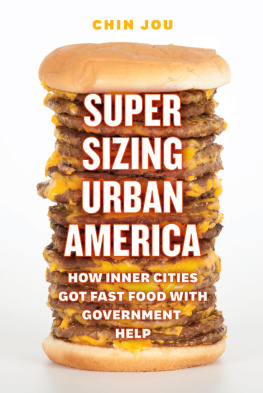
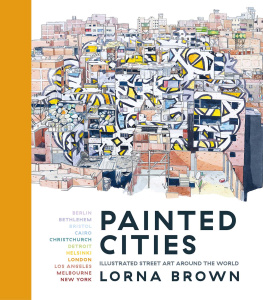




 Newsstand on Seventh Avenue near Penn Station, 2018. Photograph Jeremiah Moss/Jeremiahs Vanishing New York, 2018.
Newsstand on Seventh Avenue near Penn Station, 2018. Photograph Jeremiah Moss/Jeremiahs Vanishing New York, 2018.